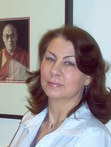Ellis Nelson's Blog, page 20
January 7, 2017
Aboriginal Healing Secrets Revealed
This looks like a fascinating read. I’ve been drawn to books on healing lately and will have to add this. Maybe some of you will find this interesting too.
 Supernal Living with Dana Taylor
Supernal Living with Dana Taylor
Book Reviews by Dana Taylor
Gary Holz, D.Sc. (1950-2007), was an award-winning physicist and a psycho-neuro-immunologist. In 1994, confined to a wheelchair with multiple sclerosis, he went to Australia to stay with an Aboriginal tribe and experienced miraculous healing. Robbie Holz is a holistic health consultant dedicated to continuing the healing work of her late husband. She healed herself of hepatitis C and has also worked with Aboriginal healers in Australia.
I first became aware of Robbie Holz through an interview on the Open Minds show on Gaia TV. Ms. Holz spoke about her life with healer, Gary Holz, and the incredible journey they had both experienced with debilitating diseases. Intrigued by her interview, I purchased both books, Secrets of Aboriginal Healing: A Physicist’s Journey with a Remote Australian Tribeand Aboriginal Secrets of Awakening.
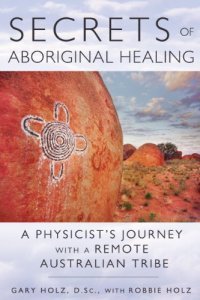 The first book, Secrets of Aboriginal Healing, is Gary’s story. His life as…
The first book, Secrets of Aboriginal Healing, is Gary’s story. His life as…
View original post 435 more words


December 10, 2016
FINAL DAY: Get Your FREE Book
December 9, 2016
Grab Your FREE Book:
December 6, 2016
FREE: Into the Land of Snows
This is the only time I will be doing this promotion. Get your FREE Kindle copy from Amazon (now through Dec. 10th). Snuggle up by the fire and join Blake as he treks in the Himalayas. Happy holidays to everyone! (We have a house in Brussels and we’re moving in Jan. I’ll join you from Belgium in the new year.)
GRAB YOUR FREE COPY HERE: https://goo.gl/O6Bvxq
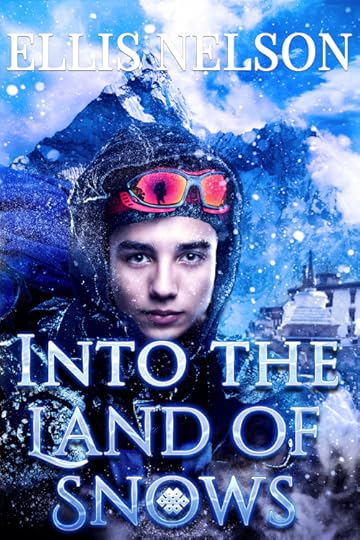


November 24, 2016
NOW IN PRINT! Elephants Never Forgotten
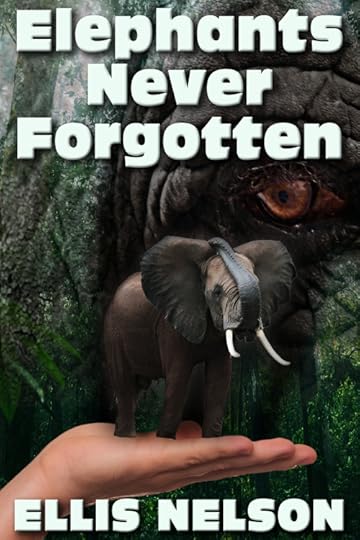
Just in time for the holidays.
Order through Amazon: goo.gl/EKcVDB
What’s it about? Jurassic Park meets Micro[image error]
November 10, 2016
RATIONAL MYSTICISM by John Horgan
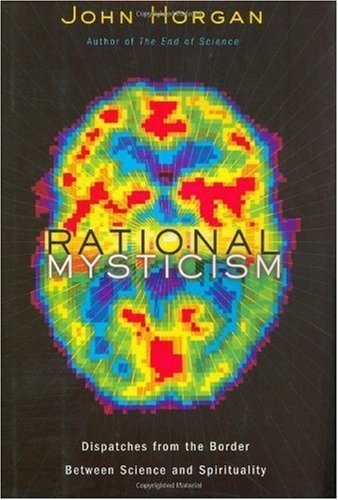
This is a book I thought long and hard about highlighting. I expected great things and was overall disappointed. Unfortunately John Horgan is a reductionist materialist and despite the access he had to various spokespeople on mysticism, he remains thoroughly unconvinced. He is a science writer who holds the dogmatic party line through the entirety of the book. That said, I think some valuable perspective can be gleaned from the people Horgan talks to. It’s worth the read to get an overall feel for the modern history of the topic and hear from some of the players.
Horgan begins with a definition of mysticism within the historical context. He interviews Huston Smith who discusses mysticism as a cross-cultural, cross-religious experience. Smith represents the notion of the perennial philosophy. The author’s search next takes him to a two day conference in Chicago where mysticism is treated as a literary phenomenon. These scholars know in great detail the texts left behind by Eckhart, St. Teresa of Avila, Shankara, etc. But sadly, none of them has any personal experience with anything remotely mystical. The journey continues with an interview of Ken Wilber dubbed ‘the weightlifting Bodhisattva’ by Horgan. Wilbur stands behind Smith adhering to the perennial philosophy but also embraces science as a way to explore and define mystical experience.
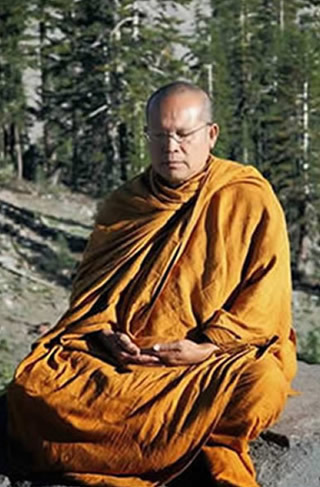
Photo: Thanabadhi
Important information is raised in the chapter called Can Neurotheology Save Us?. Horgan visits with Andrew Newberg, the doctor featured back in 2001 in Newsweek’s article, “God and the Brain: How We’re Wired for Spirituality.” Wouldn’t it be nice if brain scans could prove mystical states and help us to understand them? Unfortunately, a review of data collected on all sorts of meditation doesn’t support any nice clean conclusions according to Jensine Andreson, a theology professor at Boston University. And that in turn brings into question all the benefits touted for meditation. A review of the studies looking at meditation and its benefits Andreson believes, are poorly designed and won’t hold up to scrutiny. Of course, as it relates to mystical practice, mystics don’t meditate to lower their blood pressure but I would concede that a whole lot of Americans do increasingly view meditation as a health practice. Should they?
Continuing the scientific pursuit of mystical states, Horgan interviewed Michael Persinger of Laurentian University, Canada. Starting in the 1980s, Persinger began studying the brain’s response to electro-magnetic pulses to certain areas of the brain. 40% of Persinger’s test subjects experience a presence. The Canadian magazine Mclean’s called this device, “the God machine.” Persinger maintains that he has not addressed the God question with his work, rather his interest is in understanding the electrical pattern of the brain that leads to religious belief. But does the machine produce mystical experiences? No. Apparently, no one tested has reported the typical sensations of bliss, unity, or ineffability commonly reported by mystics. Scientific attempts to link temporal lobe excitation or epilepsy to mystical experience do not hold up either.
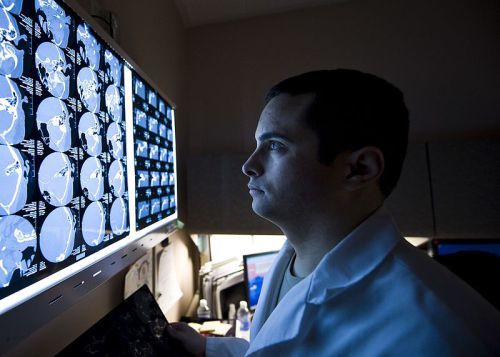
Horgan next turns to practitioner of Zen and neurologist, James Austin who penned the book, Zen and the Brain. Austin calls his approach perennial psychophysiology. Instead of gaining metaphysical insight, Austin thinks the mystic undergoes deep changes in personality. Someone who has had these experiences becomes more stable, more compassionate, and more selfless. As a specialist in brain disorders, Austin attempts to separate healthy mysticism from other illnesses. His approach relies on the idea that mystical experience releases excitotoxins which cause the loss of neurons. This in turn, allows us to get rid of those things that distort our view of reality. This is as scary as it is fascinating. For me, it makes mystical experience similar to brain damage. Can that really be?
No book on mysticism would be complete without a foray into drug induced mystical experience. Horgan looks at the history of LSD, DMT, and ayahuasca. He visits Stanislov Grof, who is involved in the transpersonal psychology movement. Grof believes that we must move into a new paradigm where mind has primacy over matter (the book was published in 2003, not a unique idea now). There’s an interesting discussion of Rick Strassman’s work as outlined in DMT: The Spirit Molecule. The colorful Terrence McKenna makes an appearance in a later chapter where he advocates the use of psychedelics.
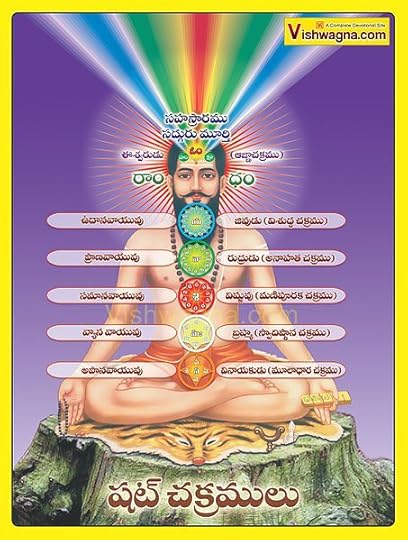
Photo by: vishwagna.com
The book is a nice romp through lots of questions with little in the way of conclusions. I often had the feeling that the author was totally out of his depth. Why did this topic appeal to him? He remained a science writer who attempted to fill pages. Most of them are interesting. I wonder what the book would have looked like with another author or even what the book would look like if updated.


October 23, 2016
Exciting News: Moving to Brussels
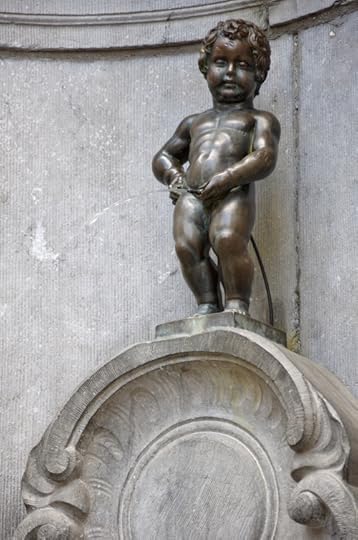
photo by Myrabella
It’s time to announce a big change. Over the next few months, I will be relocating to Brussels, Belgium. Living abroad will bring many new challenges and hopefully, lots of new experiences. I speak no French or Dutch so that in itself will be tough, but we’ve been assured that many Belgians speak English and there are lots of expats already in the city. My most pressing issue is to figure out how to get a big dog and two cats into the country. So if anyone has sage advice on airlines, routes, or anything else- please share.
We are planning to travel just after Christmas and so much has to be done between now and then. Because of that, I probably won’t be as available on social media as I have been. Be patient, I’ll be back. 2017 will bring the publication of a new book called Tender Tulips, Dark Diamonds:A Ghost Story. Part of the story takes place in the Netherlands and this move will allow me the opportunity to explore some of the places mentioned in that book. Oddly enough, I’ll be writing a new novel set in Colorado at the turn of the last century while I’m in one of the low countries. So on to new adventures!


October 17, 2016
Interview on Muse & Ink
The fabulous Heather Rivera and I talk about the writing process.
http://us13.campaign-archive2.com/?u=849323df82516bcc67f6069e8&id=44dcf217ee



October 6, 2016
The Science of Reincarnation
Physics of the Soul: The Quantum Book of Living, Dying, Reincarnation, and Immortality by Amit Goswami, PhD
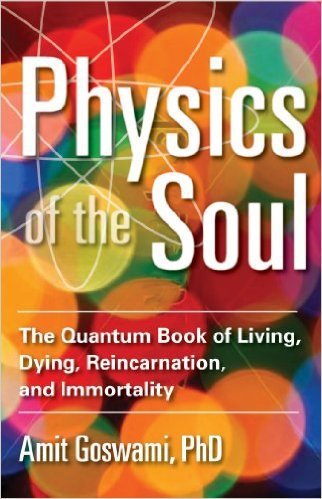
So judging from the title you know this is going to be a tough book. Intriguing- yes, but not a walk in the park. Amit Goswami is a theoretical quantum physicist and in the book he attempts to reconcile the science and metaphysics of reincarnation and immortality. Essentially he outlines a science for reincarnation and some kinds of paranormal phenomena. The structure of the book follows the ponderings of a scientist as he develops his theory. Although this is personal, I often lost track of the details as he set forth on one track only to reverse himself later. As a reader (without a PhD in physics), I’d rather have the bare bones of the theory without the intricacies of why he went one direction or another. No one should attempt this book as a first foray into the quantum world, but for those with familiarity with nonlocality and the double slit experiment, go for it. This adventure will include proving that The Tibetan Book of the Dead is correct. There is no way I can cover the entire book, but I’m going to outline some of our quantum scientist’s ideas.
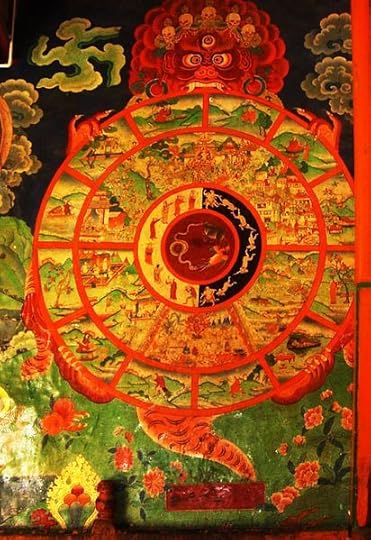
Photo:Philipp Roeli
The underlying paradigm shift that is required for us to understand this new science of reincarnation involves dropping the notion that matter creates consciousness. That is an outdated, old Newtonian idea. Consciousness is the basis of everything. It is consciousness that creates matter. The brain does not make us conscious. The brain is a receiver for consciousness. For most of you reading this blog, you long ago accepted that idea (so what else is new, you’re asking. Well, keep reading).
Goswami borrows from Indian medicine the idea that we have five bodies of consciousness. The first one (and the only one for materialists) is the physical body. Then comes the vital body made of vital energy followed by the mental body. The fourth body is the supramental intellect and the fifth is unlimited bliss (Brahma). Eastern traditions rely on the idea of chi or prana. Goswami thinks that acupuncture and chakra work, similarly and yet using different energy points or centers can both be effective because they are quantum in nature. They exist in possibility until the quantum wave collapses. (A fascinating idea that will drive a materialist scientist mad trying to figure out which modality is correct.) It is in the interaction of these subtle bodies outlined above which allows for the soul to survive and reincarnate.
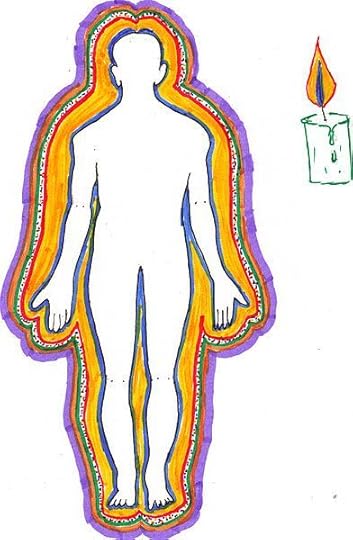
At death, the physical body dies along with classical memory. However, quantum memory (acquired through repetition and stored in the vital and mental bodies) and the subtle bodies continue to exist. According to Goswami, souls cannot grow spiritually once they shed the physical body because they lack subject/object awareness. Although this may upset some notions of heaven, it does give weight to the idea that a physical body has a purpose and that purpose is spiritual growth.
In this theory, people who have had near-death-experiences or out-of-body experiences have shifted their center of identity to the vital/mental bodies which could be a Samadhi experience (without ego) but haven’t actually died.
Drawing on The Tibetan Book of the Dead, after physical death we have opportunities to transcend (and return to the Quantum Monad), but most of us will miss those chances and return. In the in-between states, we have the ability to correlate and communicate with the child you will be. In Goswami’s theory, karma is not reward or punishment but rather contexts or themes we develop in one life which continue. Failure to learn the theme results in more opportunities in later lives to obtain that knowledge. Learning creatively with closure “burns” karma. Other people (quantum monads) can become entangled with us as either supporters or enemies to help us learn our themes. At the end of each life, we have the opportunity to transcend again.
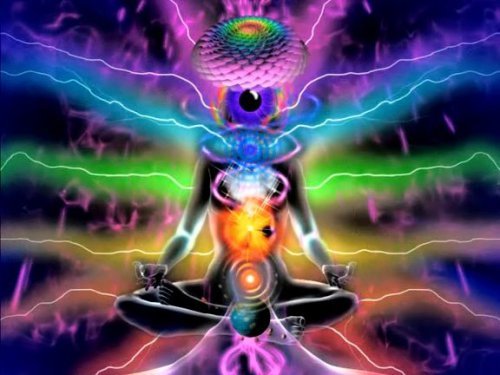
Art: by Kwakin1
There is a whole section devoted to ways to live spiritually. Goswami believes that our inner and outer expressions of creativity are key to developing a unique spiritual path. The book culminates with further musings on the evolution of the supermind, UFOs, and alien intelligences. Overall, this is a fascinating book! Find someone to talk to as you’re reading it. It provides great opportunity for discussion.


September 15, 2016
DARK MATTER by Philip Kerr
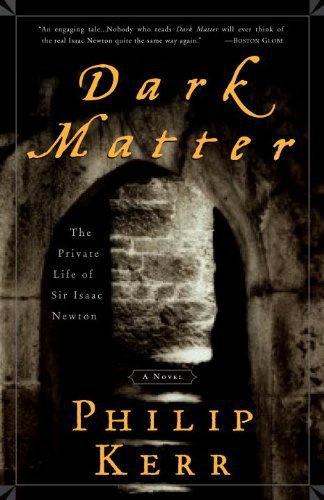
I know Philip Kerr from his children’s novels and didn’t realize he wrote stories for adults. While searching for another book, I came upon his Dark Matter, a novel written in 2002 and it immediately caught my attention. It’s 1696 and Christopher Ellis has just taken on a job assisting Sir Isaac Newton at the Royal Mint. As Warden, it’s Newton’s job to hunt down counterfeiters. A challenging enough job but when mysterious murders start happening, Ellis plays Watson to Newton as an earlier version of Sherlock Holmes. Clues and body counts rise as Ellis and Newton face personal danger in the politically volatile back streets of London. Throw in a mix of alchemy and codes and we’re off on a most puzzling case. Turns out that more than the economy of the realm is threatened. A century’s old massacre pits Huguenots against Catholics in a revenge plot only the brain of Newton can piece together. This is a thoroughly fun historical thriller. Kerr excels with this one!
https://www.amazon.com/Dark-Matter-Private-Isaac-Newton-ebook/dp/B003FCVEY6/







